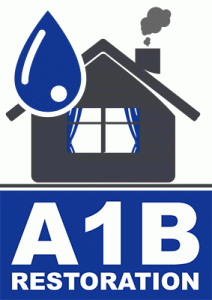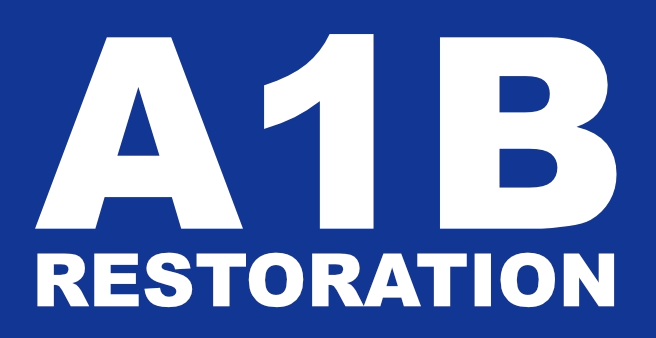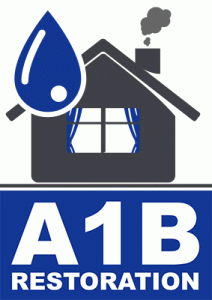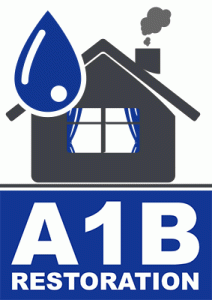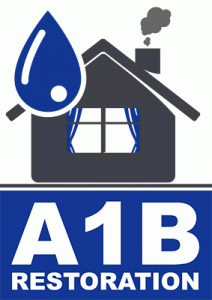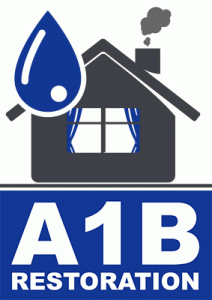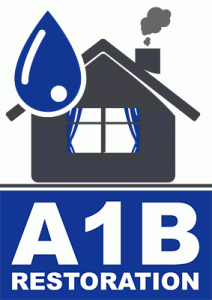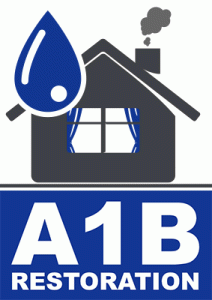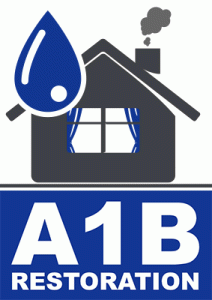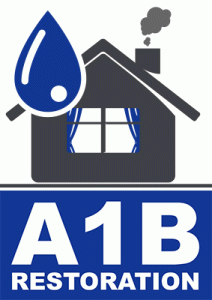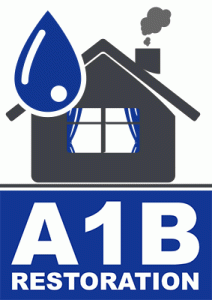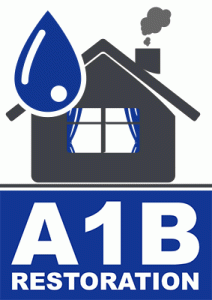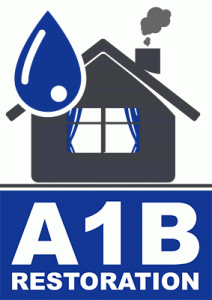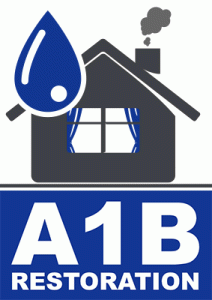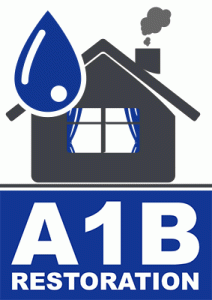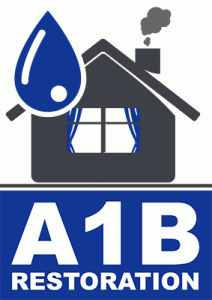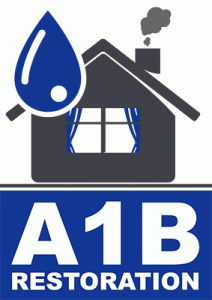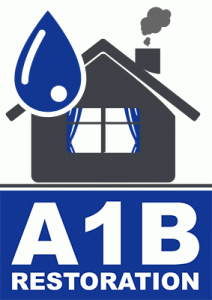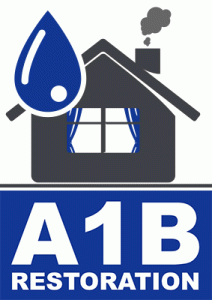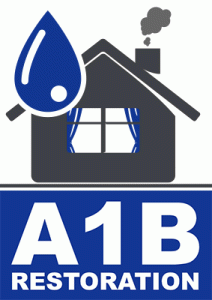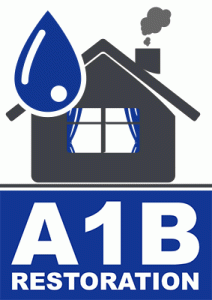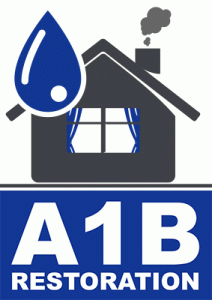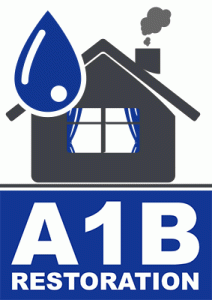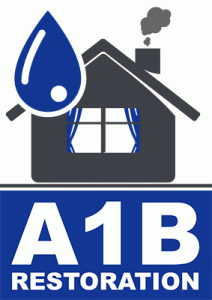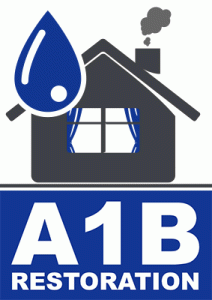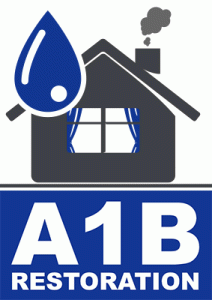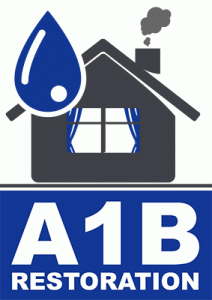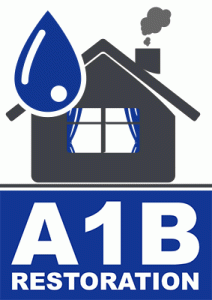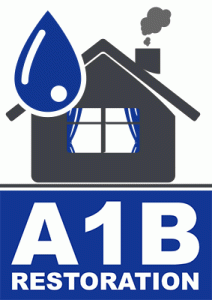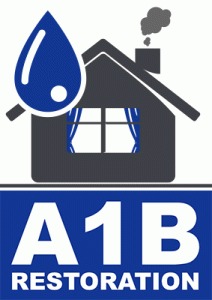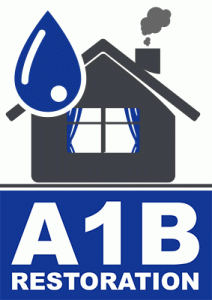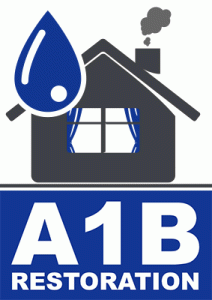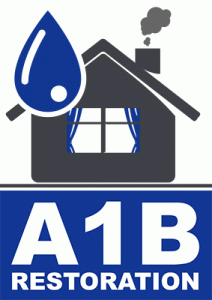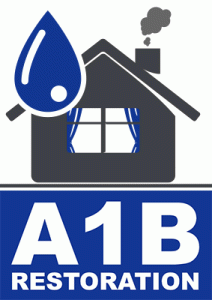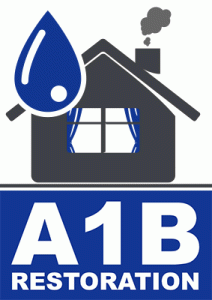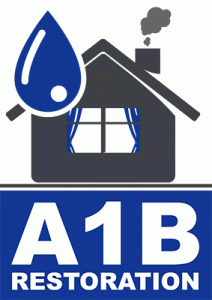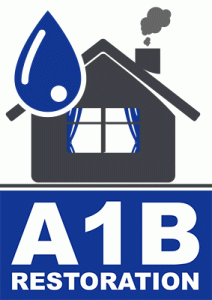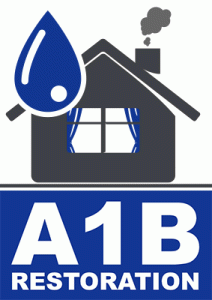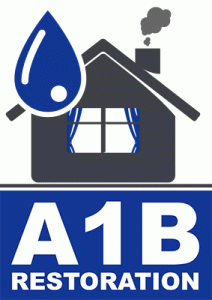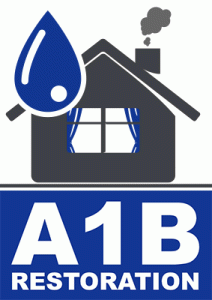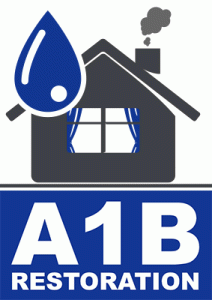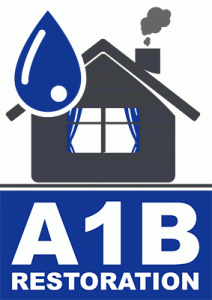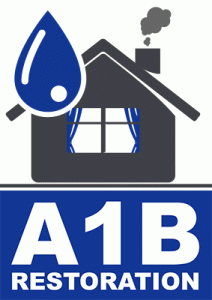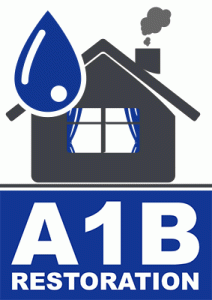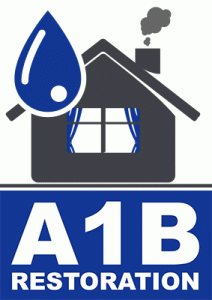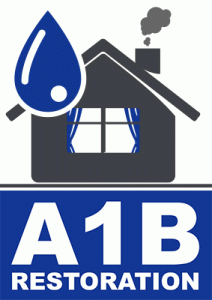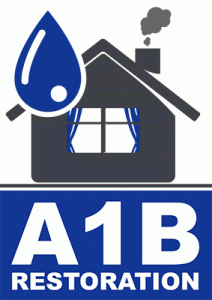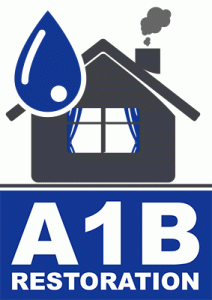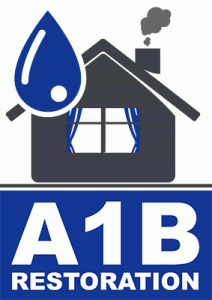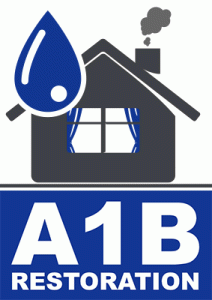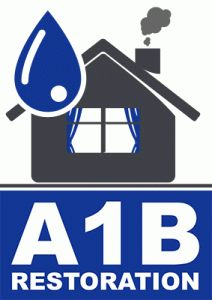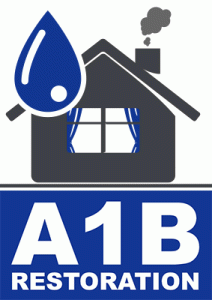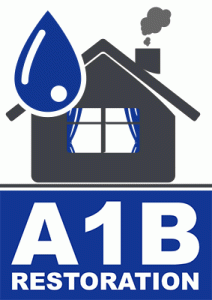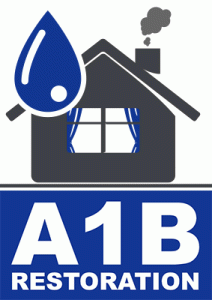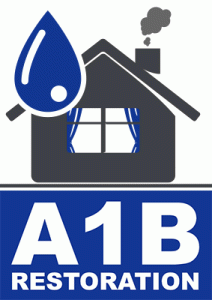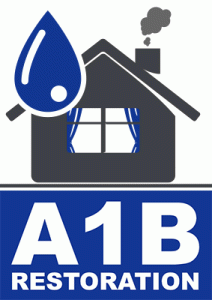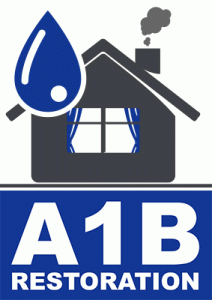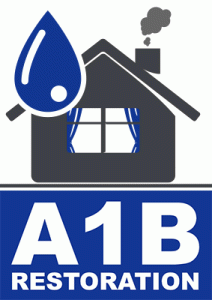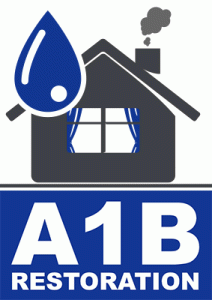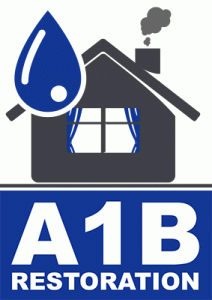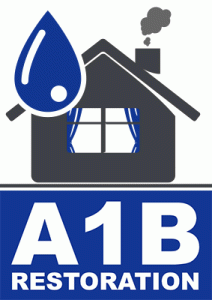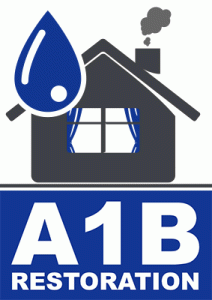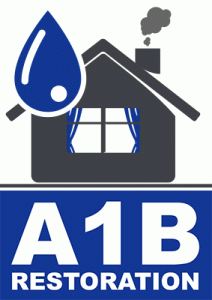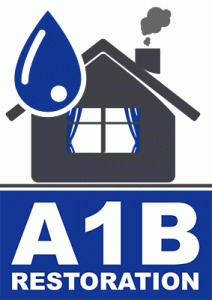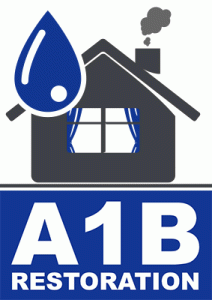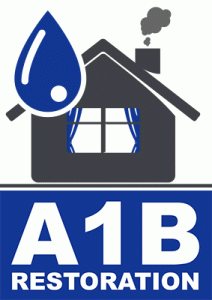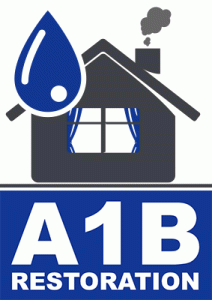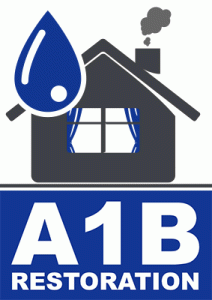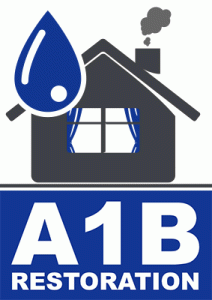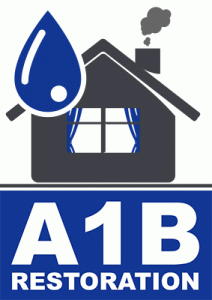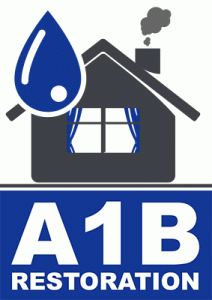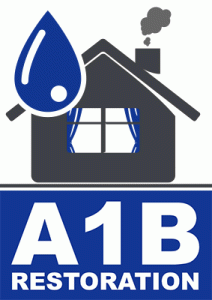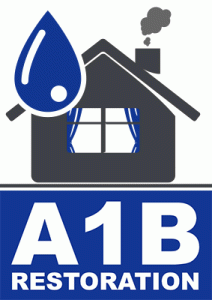DIY vs. Professional Water Damage Restoration: Pros and Cons
Water damage is a homeowner’s nightmare that can lead to significant financial and structural damage if not addressed promptly. Whether caused by a natural disaster, a burst pipe, or a leaking roof, water damage requires swift action. The critical question is, should you tackle the restoration yourself or hire a professional service? Both approaches have their advantages and drawbacks. This article delves into the pros and cons of DIY versus professional water damage restoration, helping you make an informed decision.
Understanding Water Damage
Before deciding on DIY or professional restoration, it’s crucial to understand what water damage entails. Water damage can be classified into three categories:
- Category 1: Clean water from sources like broken pipes or overflowing sinks.
- Category 2: Greywater, which includes water from appliances, toilets without feces, or sump pump failures.
- Category 3: Blackwater, which is highly contaminated, such as sewage or floodwater.
Each category requires different handling techniques and safety precautions, influencing whether DIY restoration is feasible.
DIY Water Damage Restoration: Pros and Cons
Pros of DIY Water Damage Restoration
- Cost Savings: Opting for a DIY approach can save you money on labor costs, which often constitute a significant portion of professional services.
- Immediate Response: You can start the cleanup process immediately without waiting for professionals to arrive, which is crucial in minimizing damage.
- Learning Experience: Handling water damage yourself can be a valuable learning experience, equipping you with skills for future incidents.
Cons of DIY Water Damage Restoration
- Lack of Expertise: Without professional training, you may misjudge the extent of the damage or fail to address underlying issues, leading to more significant problems later.
- Inadequate Equipment: Professional restoration requires specialized equipment such as industrial-grade dehumidifiers and moisture meters, which are often costly to rent or purchase.
- Time-Consuming: DIY restoration can be labor-intensive and time-consuming, diverting your attention from other critical tasks.
Professional Water Damage Restoration: Pros and Cons
Pros of Professional Water Damage Restoration
- Expertise and Experience: Professional restoration teams have the training and experience to assess damage accurately and employ effective remediation techniques.
- Advanced Equipment: Professionals use state-of-the-art equipment to quickly remove water and dry affected areas, reducing the risk of mold growth.
- Comprehensive Service: Professional services offer a comprehensive approach, from water extraction and drying to repairing and restoring affected areas.
- Insurance Assistance: Professionals can assist with insurance claims, providing documentation and detailed reports to help you get the compensation you deserve.
Cons of Professional Water Damage Restoration
- Higher Costs: The upfront cost of hiring a professional service can be significant, especially for extensive damage.
- Scheduling Delays: Depending on their workload, you might experience delays in service, which can exacerbate the damage.
Case Studies and Examples
Consider the case of a family in Florida who faced severe water damage after a hurricane. They opted for DIY restoration to save money but soon realized the extent of hidden mold growth. Eventually, they had to hire professionals, incurring more costs than if they had chosen professional services from the start.
Conversely, a business owner in Texas decided to hire a professional service immediately after a pipe burst. The team quickly mitigated the damage, allowing the business to resume operations within days, minimizing revenue loss.
Actionable Tips for Water Damage Restoration
When Opting for DIY
- Assess the Damage: Determine the extent and category of water damage before starting any restoration work.
- Use the Right Equipment: Rent or purchase necessary tools like wet/dry vacuums, fans, and dehumidifiers.
- Ensure Safety: Wear protective gear such as gloves and masks, especially when dealing with grey or black water.
- Monitor for Mold: Keep an eye out for signs of mold growth and act swiftly to prevent its spread.
When Hiring Professionals
- Research Companies: Look for reputable restoration services with positive reviews and certifications.
- Get Multiple Quotes: Obtain estimates from several companies to ensure competitive pricing.
- Check Insurance: Ensure the company has liability insurance and offers guarantees on their work.
Conclusion: Making the Right Choice
The decision between DIY and professional water damage restoration depends on several factors, including the extent of the damage, your budget, and your expertise. While DIY can save money, it may not be suitable for significant or complex damage. Professional services, though costlier, offer expertise and efficiency that can ultimately save you time and prevent further issues.
Ultimately, the best approach is one that balances your immediate needs with long-term considerations. Regardless of your choice, addressing water damage promptly and effectively is crucial in preserving the integrity and value of your property.
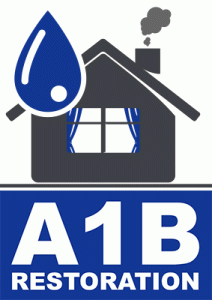
water restoration companies near me Royse City Texas

water remediation company near me Grapevine Texas
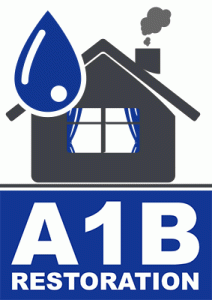
Irving Texas water damage restoration service near me
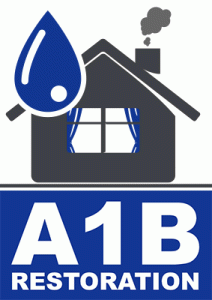
Euless Texas water damage restoration service near me
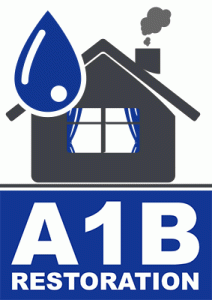
restoration services water damage Lewisville Texas

residential water damage restoration Haltom City Texas
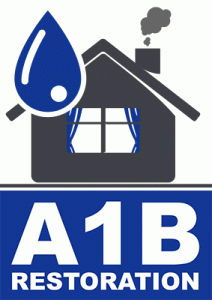
water damage and restoration companies Rowlett Texas

Highland Park Texas water extraction company near me
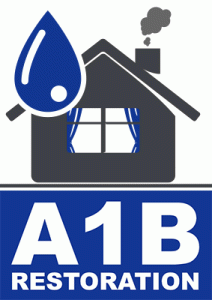
restoration services water damage Grand Prairie Texas
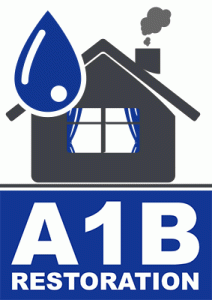
Southlake Texas restoration water damage companies

water removal services near me Preston Hollow Dallas Texas
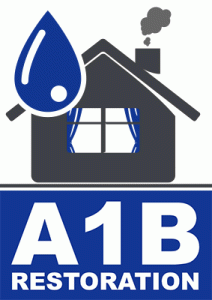
restoration company water damage Little Elm Texas

Storm Damage
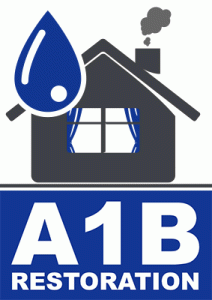
Keller TX water damage restoration companies near me
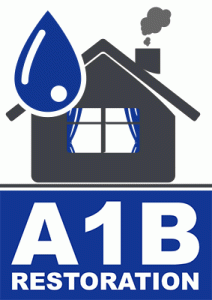
McKinney Texas water damage restoration service near me

Flower Mound Texas water damage restoration service near me

Rowlett Texas water damage restoration service near me
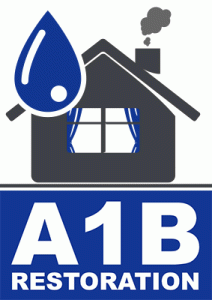
Richardson Texas restoration water damage companies

Frisco Texas water damage restoration service near me

Lakewood Dallas Texas water damage restoration near me

Lakewood Dallas Texas water damage cleanup near me
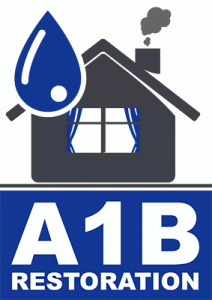
Grand Prairie Texas water extraction company near me
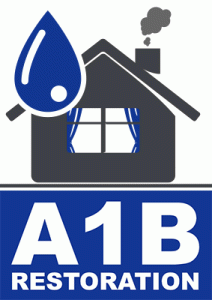
North Richland Hills Texas water extraction company near me
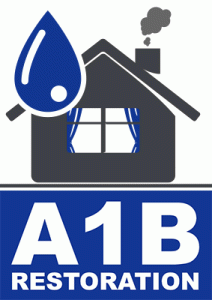
Lake Highlands Dallas Texas water damage companies
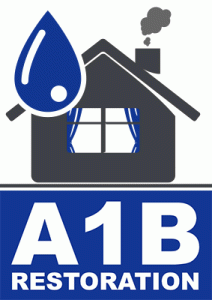
North Richland Hills Texas water restoration companies
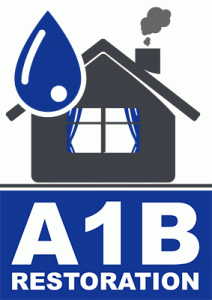
Addison TX water damage restoration companies near me

Rowlett TX water damage restoration companies near me
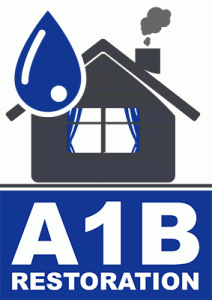
Colleyville TX water damage restoration companies
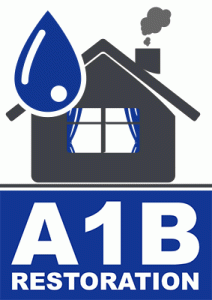
Crowley TX water damage restoration companies near me
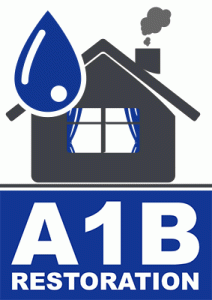
The Colony TX water damage restoration companies
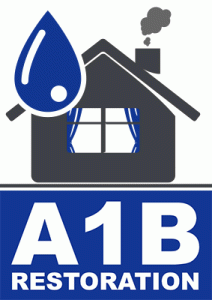
Plano TX water damage restoration companies near me
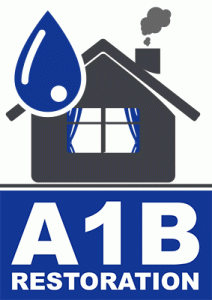
Lake Dallas TX water damage restoration companies
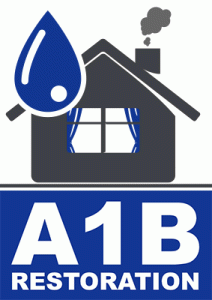
water damage restoration service The Colony Texas
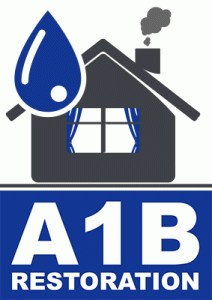
restoration company water damage Royse City Texas

restoration of water damage Lake Highlands Dallas Texas
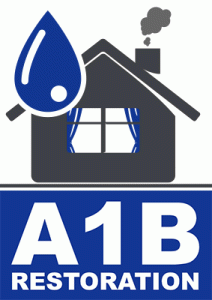
water damage and restoration companies Lake Dallas Texas
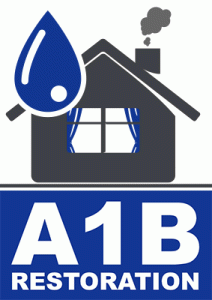
water damage and restoration companies Lake Highlands Dallas Texas
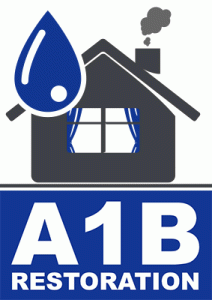
emergency water clean up Lake Highlands Dallas Texas
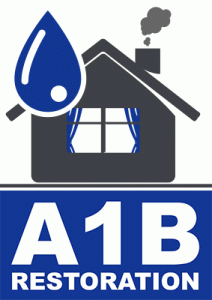
restoration services water damage Carrollton Texas
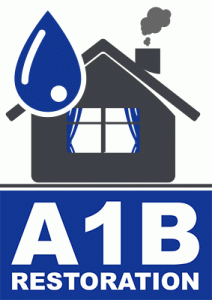
emergency water damage restoration Lake Highlands Dallas Texas
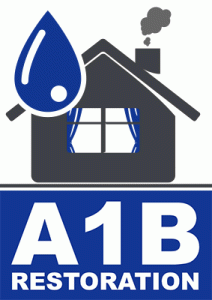
water restoration companies near me Bedford Texas
